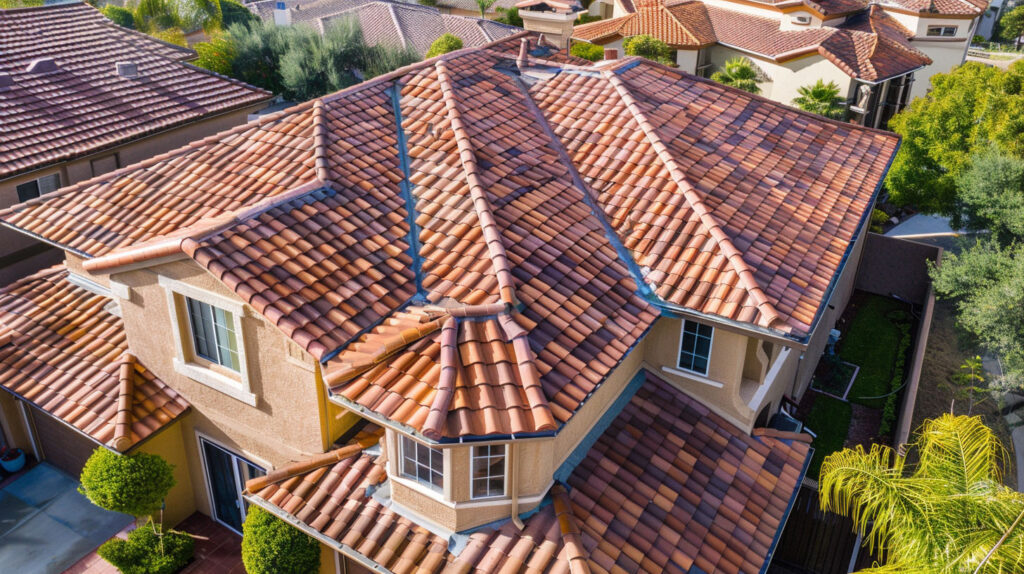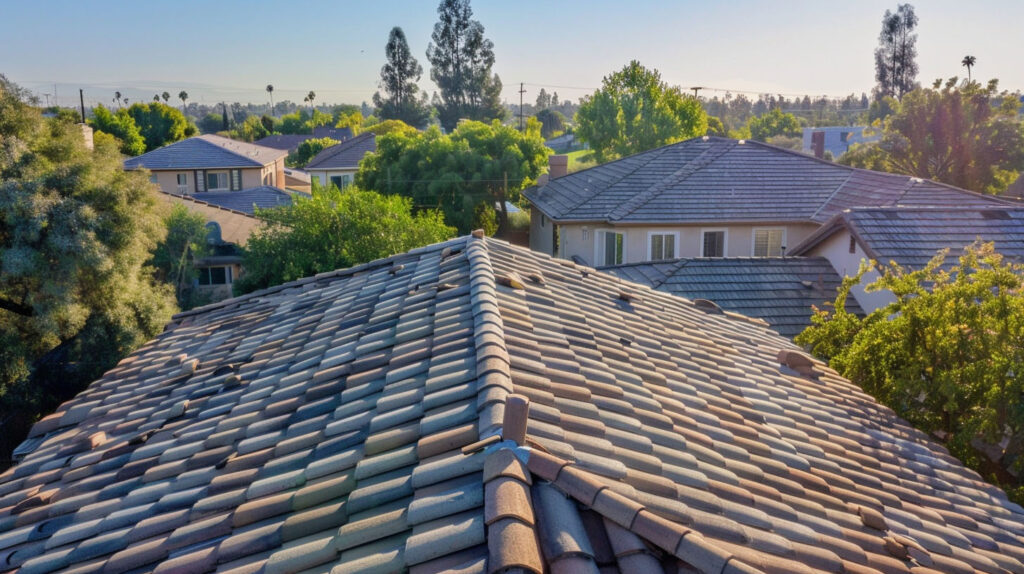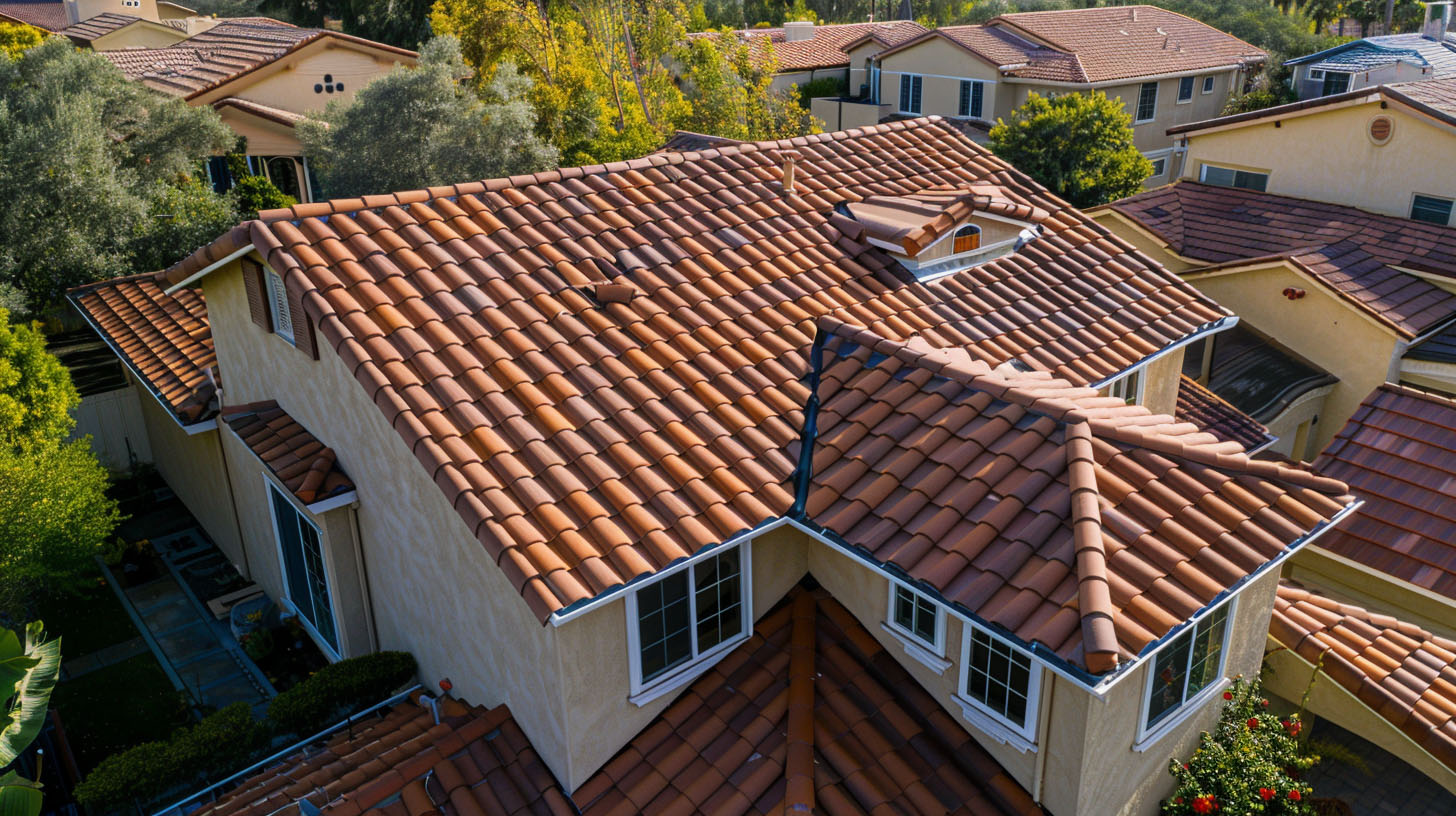When Is the Best Season for a Roof Replacement in Southern California?
When it comes to roof replacement in Southern California, timing is everything. Choosing the best season depends on factors like the local climate, weather conditions, and the type of roofing materials used. The region’s temperate weather allows for flexibility, but certain times of year may be better suited for a smooth and long-lasting installation. At Specialist Roofing & Repair, an Owens Corning Platinum Preferred Contractor, we help Orange County, CA homeowners confidently navigate the best season for their roofing needs.
Key Factors That Influence Roof Replacement Timing in Southern California
The timing of your roof replacement can affect the success and durability of the project. Southern California’s climate, with its moderate weather year-round, plays a significant role in determining the best time to install or repair a roof.
Understanding how seasonal weather impacts roofing materials and installation procedures can save you time, money, and hassle. Let’s break down two crucial factors—local climate and roofing materials—to uncover the optimal time for replacing your roof.
The Impact of Local Climate and Weather Patterns
Local climate plays a crucial role in determining the best time for roofing replacement. Southern California’s moderate weather, characterized by dry summers and mild winters, allows for favorable conditions that aid the installation process. During the summer months, roofing contractors often see heightened demand due to clear skies and warm temperatures, making it a prime season for new roof installations. However, homeowners must also consider potential extreme weather conditions, such as winter rains, which can complicate roofing projects and lead to leaks in damaged roofs.

Roofing Material Considerations for Seasonal Changes
Seasonal changes significantly impact the choice of roofing materials, influencing both durability and installation. In cooler temperatures, materials like asphalt shingles may have a lower risk of thermal expansion and contraction, ensuring a more secure fit. Conversely, during warmer months, roofing companies often recommend reflective materials that minimize heat absorption, thereby enhancing energy efficiency. Ultimately, understanding the local climate helps homeowners select the most suitable materials, ensuring longevity and optimal performance throughout varying weather conditions.
Pros and Cons of Roof Replacement
Spring offers an appealing season for roof replacement in Southern California, thanks to its milder temperatures. Contractors enjoy the balance of cooler weather and longer days, which create ideal working conditions.
However, early spring moisture can sometimes result in delays or complications during installation. If you opt for spring, aim for later in the season to minimize this risk. Let’s explore the conditions in spring and potential challenges you might face.
Ideal Temperatures and Conditions for Installation
Potential Challenges With Spring Roofing Projects
While spring provides favorable conditions, it’s not without its drawbacks. Early spring rains or unexpected moisture can stall progress, creating complications. Here are a few potential pitfalls:
- Moisture Issues: Rain or morning dew in early spring might infiltrate materials, weakening their durability over time.
- Unpredictable Delays: Sudden weather changes could disrupt roofers’ schedules.
- Material Handling: Contractors must ensure roofing materials are stored safely to prevent water damage.
Spring roofing projects work best when timed during dry spells. Plan ahead to avoid unnecessary setbacks.

Summer Roof Replacement
For many in Southern California, summertime seems like a great option for roof replacement. With dry and warm weather dominating the forecast, roofers can work uninterrupted on most days.
However, peak summer heat can create challenges, such as material softening or increased project costs from demand. If you’re considering summer months for your replacement, the benefits and considerations below will help you make a well-informed decision.
Benefits of Dry, Warm Weather
Summer’s dry warmth is a significant advantage for roofing projects. Clear skies ensure uninterrupted progress, minimizing delays or complications from weather changes.
Another perk of summer installations is the ideal conditions for roofing materials like shingles to adhere properly. Contractors can focus on delivering high-quality workmanship without concerns about moisture intrusion.
For Southern California homeowners, summer is a prime opportunity for roof replacement due to its consistent warmth. Scheduling early summer is especially advantageous before temperatures peak.
Managing Heat and Scheduling During Peak Season
Summer’s peak season comes with increased demand for roofing services, but it’s essential to navigate potential hurdles.
- High Temperatures: Extreme heat can soften materials, impacting installation quality if not managed carefully.
- Contractor Availability: Roofers are often at their busiest, so securing your project requires advanced booking.
- Potential Price Increases: Peak demand can slightly raise costs due to limited availability.
To overcome these challenges, consult with expert roofing companies well before the season starts.

What’s Next
Timing plays a pivotal role in the roofing replacement process, especially in Southern California. Homeowners must weigh the advantages and drawbacks of each season, considering factors like local climate and roofing materials. By selecting the best time of year, such as the mild conditions of spring or summer, you can ensure a successful new roof installation. Consulting with experienced roofing contractors will provide insights tailored to your specific needs, helping you make informed decisions to protect your home effectively.
Frequently Asked Questions
What time of year is the cheapest to replace a roof?
The best time for cost savings often falls in late spring or early summer. During this period, roofing companies may offer lower rates compared to the peak of the busy season. Scheduling before demand surges ensures competitive pricing for your roof replacement.
Is it better to replace a roof in summer or winter?
Summer months provide dry and predictable weather, ideal for roof replacement. However, winter’s cold weather and shorter days pose challenges, such as material brittleness and time constraints. For the best season, choose summer’s stable, warm conditions for a seamless installation.
Read our blog: Modern Roofing Materials That Outperform Traditional Shingles



